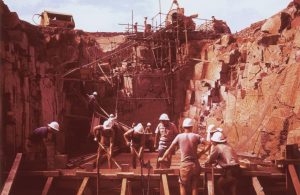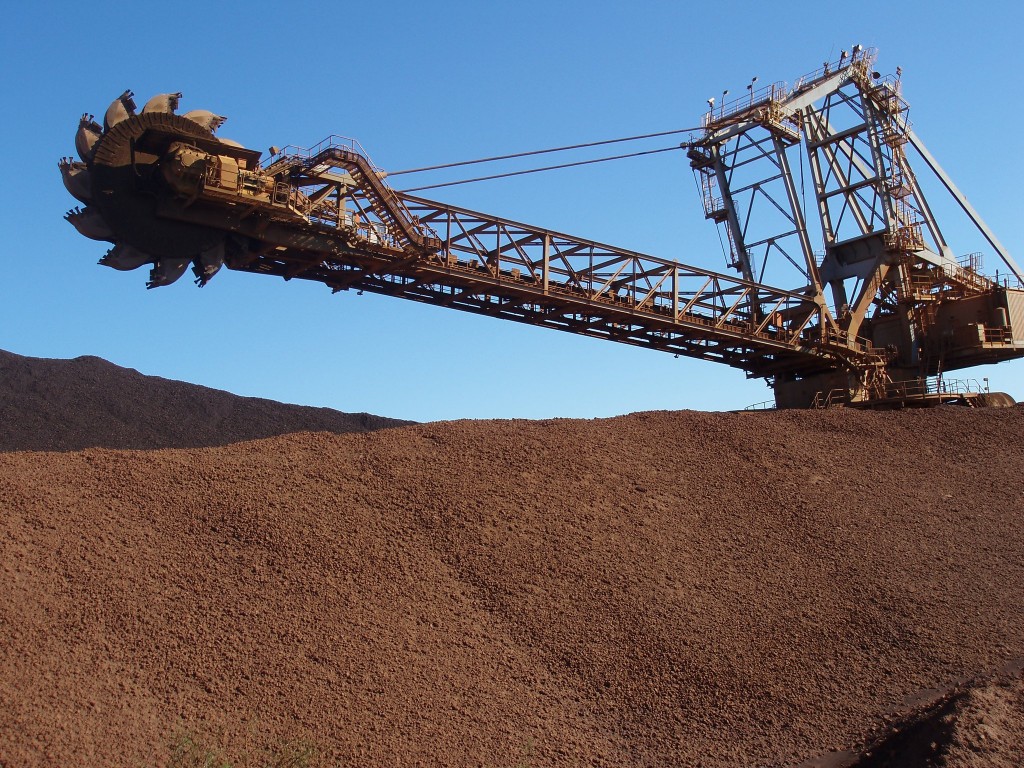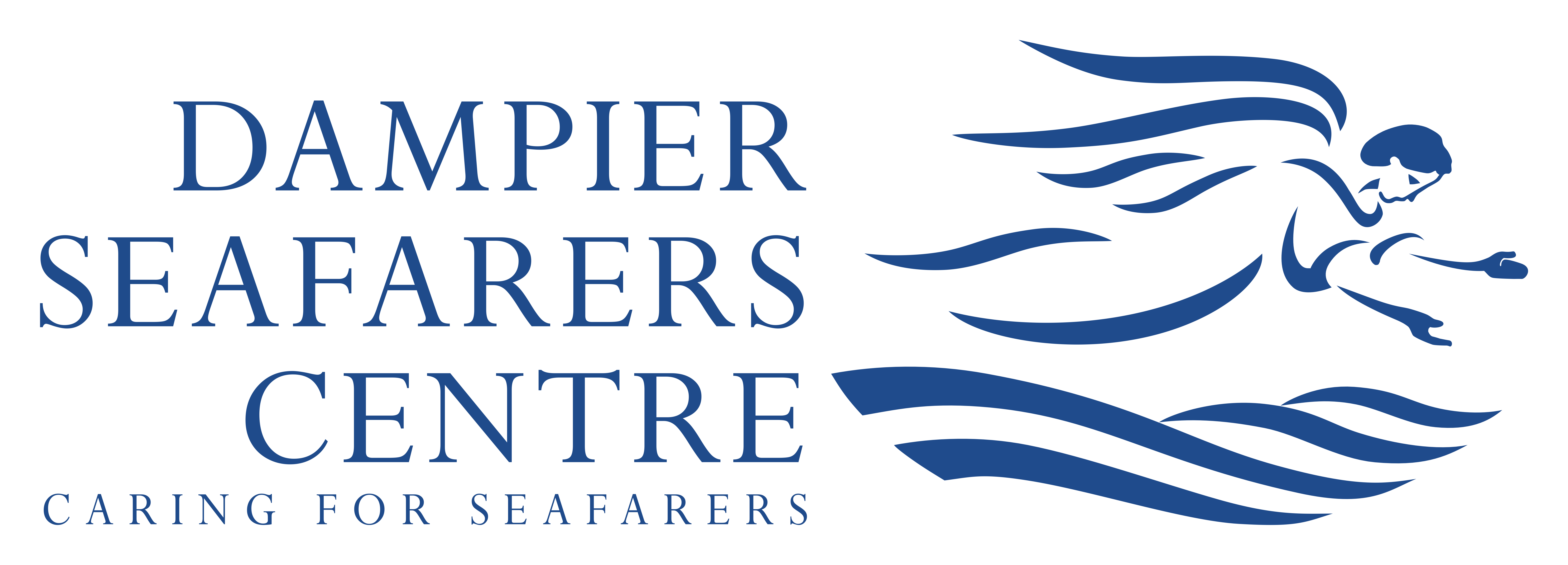The Port
The Port of Dampier is one of the youngest Western Australian ports, yet it is one of the world’s largest bulk export ports over the last 25 years.
It all started in 1952, when Lang Hancock identified considerable iron ore deposits near his Pilbara homestead. In 1959, Hancock and partner Wright struck an agreement with Rio Tinto Australia to further explore the area. In 1962 two geologists for Haddon King discovered a massive hematite ore body, named Mount Tom Price, about 320km inland from Dampier.

In 1963, the Port of Dampier was developed when Hamersley Iron Pty Ltd (later Rio Tinto Iron Ore) entered into an agreement with the West Australian State Government to develop an iron ore mine at Mount Tom Price and an export port in the Dampier Archipelago which would allow the company to export iron ore to the world markets.

By 1966, the mine and town had been constructed at Mount Tom Price along with the port and town in Dampier. Within the port, Hamersley Iron initially constructed a general cargo wharf, at which construction materials and domestic supplies were landed. This facility, later named the Service Wharf, is still operational with regular imports of petroleum products.
The Parker Point iron ore facility was also completed in 1966 and was originally designed to accept vessels up to 60,000 tonnes. The first shipment took place in 1966 with the MV Tachikawa Maru sailing to Japan with the cargo of 20,000 tonnes of lump ore.

In August 1969, development of Karratha began adjacent to Nickol Bay as a joint State government-Hamersley Iron project to meet the expanding accommodation needs of the mines and port.
In July 1970, East Intercourse Island was connected by a causeway and construction begins on a new iron ore terminal. Completion of these facilities in 1972 more than doubled Dampier’s export capacity.

In 1972, Dampier Salt commenced its operations and export terminal on Mistaken Island. Salt is produced by solar evaporation and currently over 3.5 million tonnes are exported annually, with the bulk of this going to industrial use.

In 1974, the North West Coastal Highway from Geraldton to Port Hedland was sealed for its entire length.
By the late 1970’s the North-West Shelf Venture (Woodside Offshore Petroleum and their joint ventures), selected Dampier as the site for an onshore Liquefied Natural Gas (LNG) processing plant and export terminal. The offshore production platform was constructed at sea 130km north west of Dampier and was connected by pipeline to the onshore facility. The project was the largest engineering work ever undertaken in Australia at the time.

In 1984, the MV Shinho Maru loaded at East Intercourse Island with the first cargo greater than 200,000 tonnes to be dispatched from any Australian port.

In 1989, the West Australian State Government took control of the materials offloading facility (now the Dampier Cargo Wharf) and established the Dampier Port Authority.
In 1995, Woodside constructed another loading wharf to accept Liquefied Petroleum Gas (LPG) vessels and condensate tankers. 1.5 million tonnes of LPG is exported from the Port of Dampier annually.

In 2001, Rio Tinto formed a merger of the Hamersley and Robe River railways. The two lines terminate at Cape Lambert and Dampier.
In 2005, the Dampier Port Authority constructed their Bulk Liquids Berth and started exporting anhydrous ammonia the next year.
In 2012, the Pluto LNG Plant was officially commissioned, and gas was exported through the Port of Dampier via a 180km pipeline.
In 2014, the former port authorities of Dampier and Port Hedland amalgamated and formed the Pilbara Port Authority (PPA)
PPA now includes the Port of Ashburton, the Port of Dampier, the Port of Port Hedland, the ports of Port Walcott, Cape Preston, Barrow Island, Varanus Island and Onslow and the future ports of Anketell, Balla Balla and Cape Preston East.

